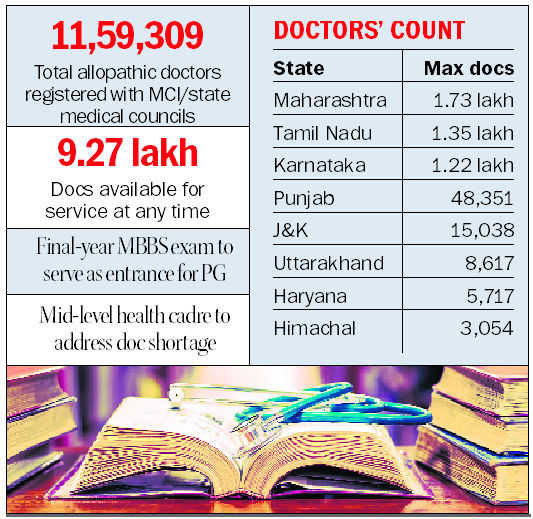
The government has finalised a draft legislation to reduce the cost of private medical education, ease the burden of entrance exams on students and create a mid-level health cadre with limited rights to prescribe drugs. The National Medical Commission (NMC) Bill, 2019, which began its journey in 2016 with Niti Aayog presenting the first draft, is learnt to have been finalised by the Health Ministry and is expected to be tabled for Cabinet approval soon.
The Bill, which broadly seeks to replace the Medical Council of India with a new medical education sector regulator — the NMC, for the first time, proposes a legal cap on fees charged by private medical education providers.


